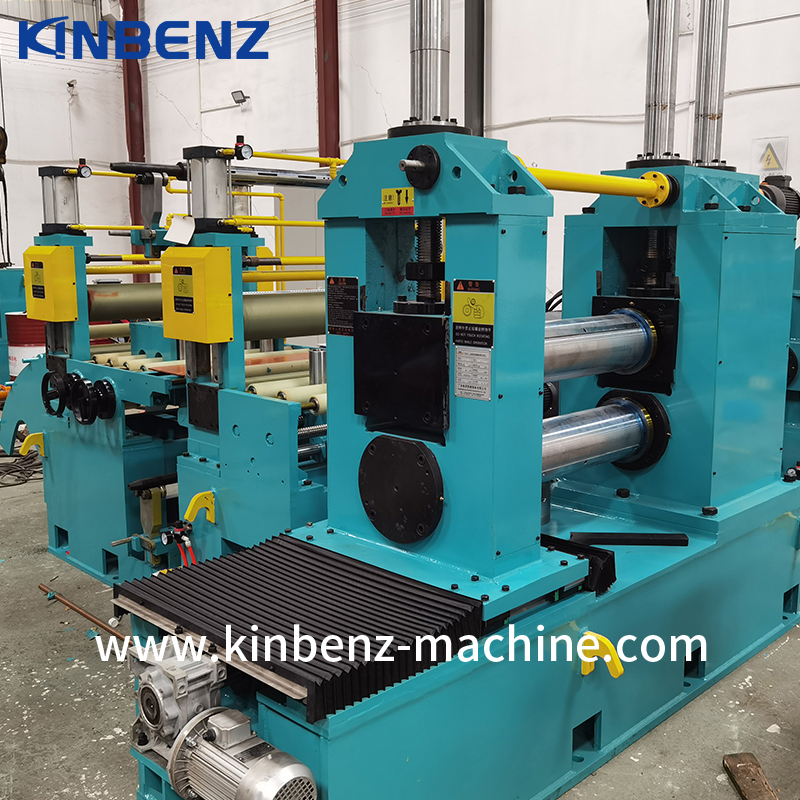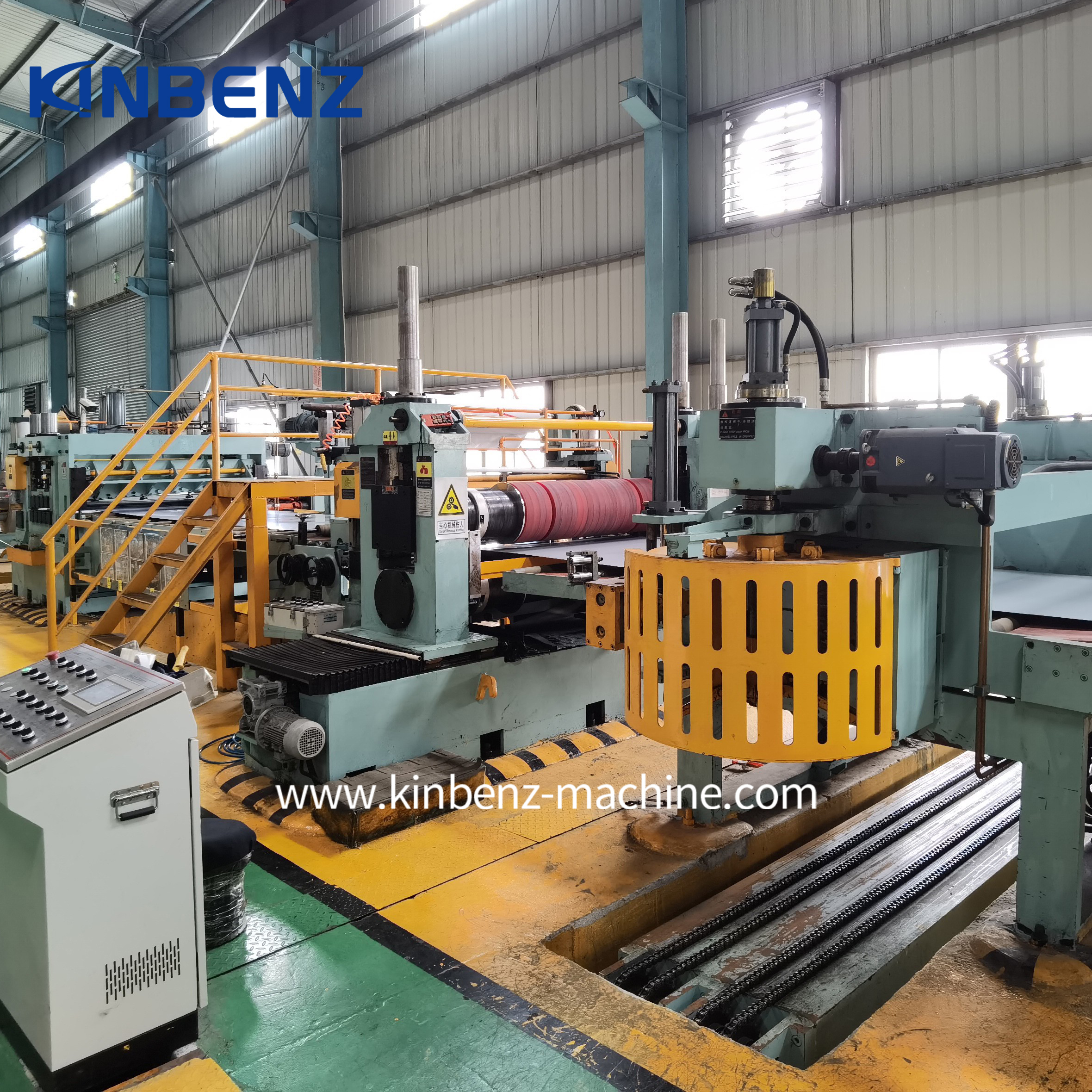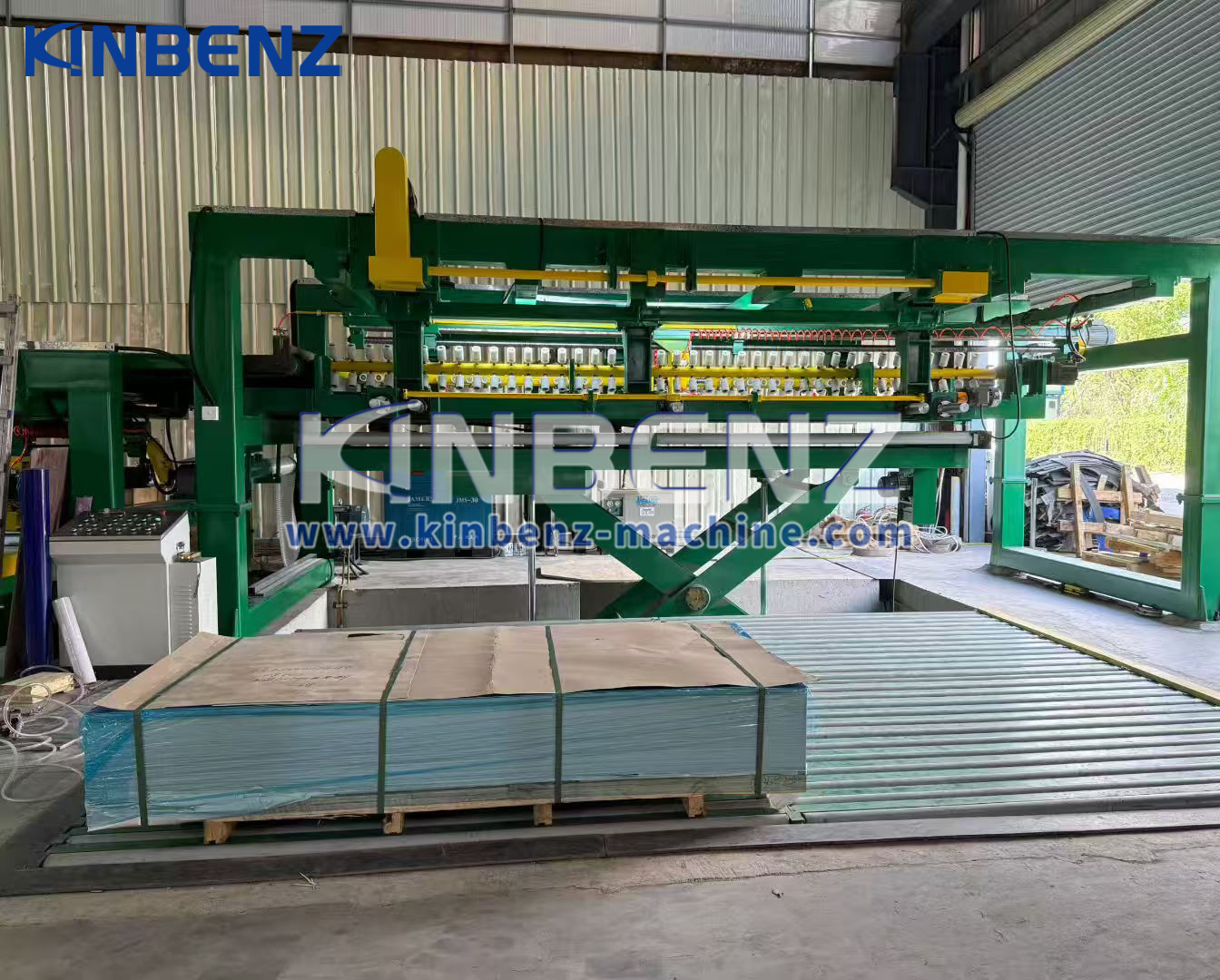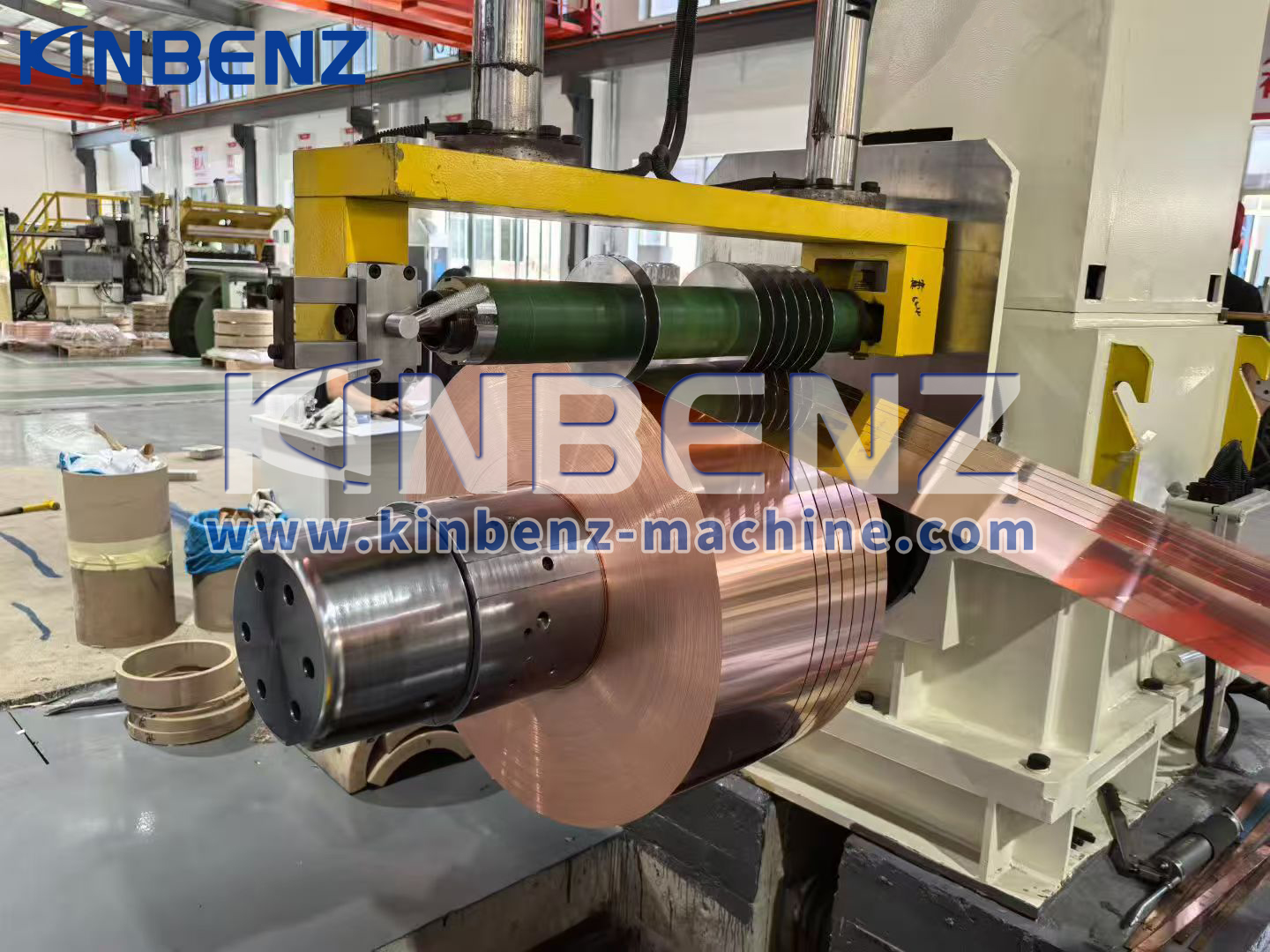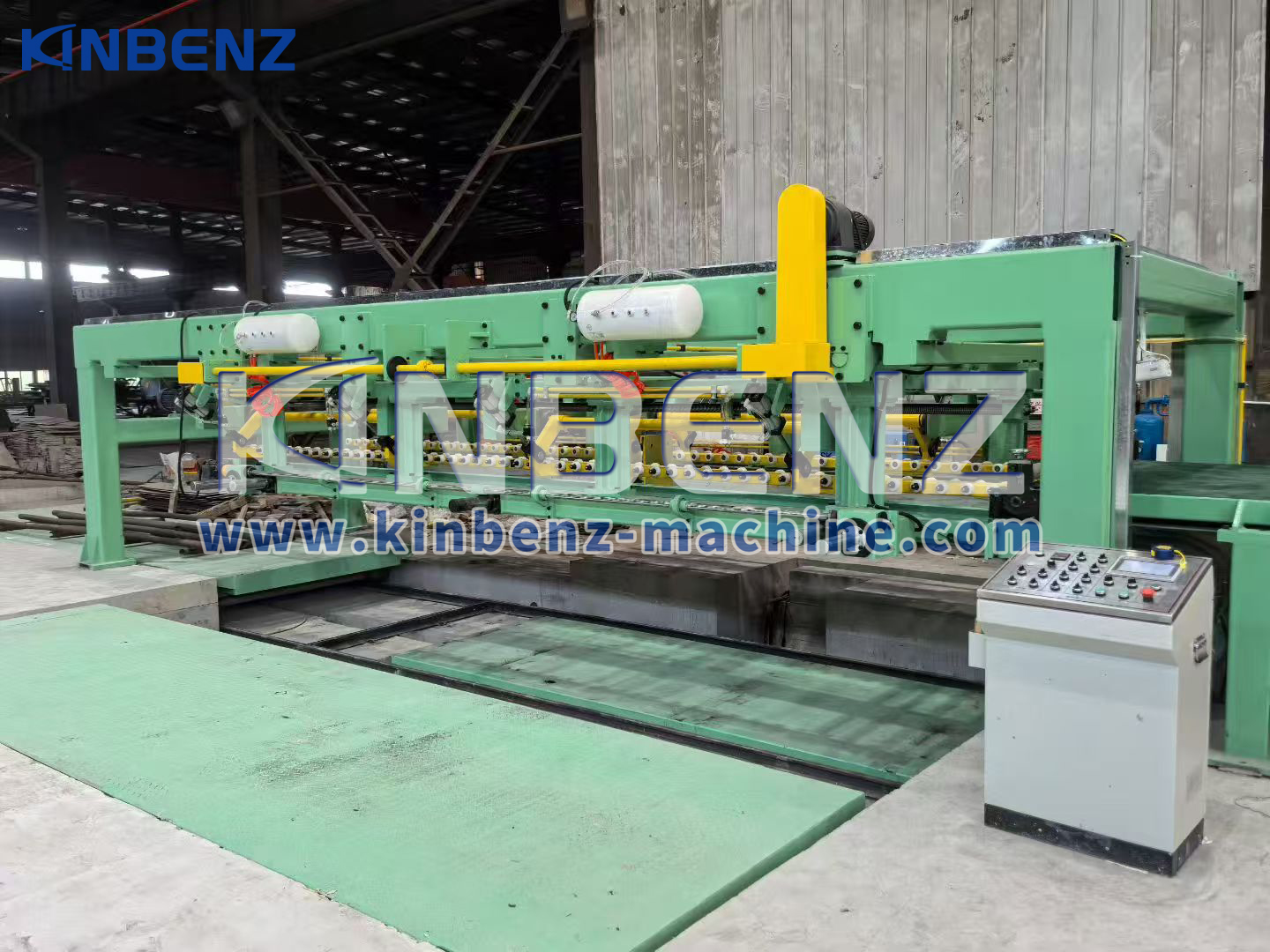|
|
High-Speed Slitting Line for Thin Steel Coils: A Buying Guide
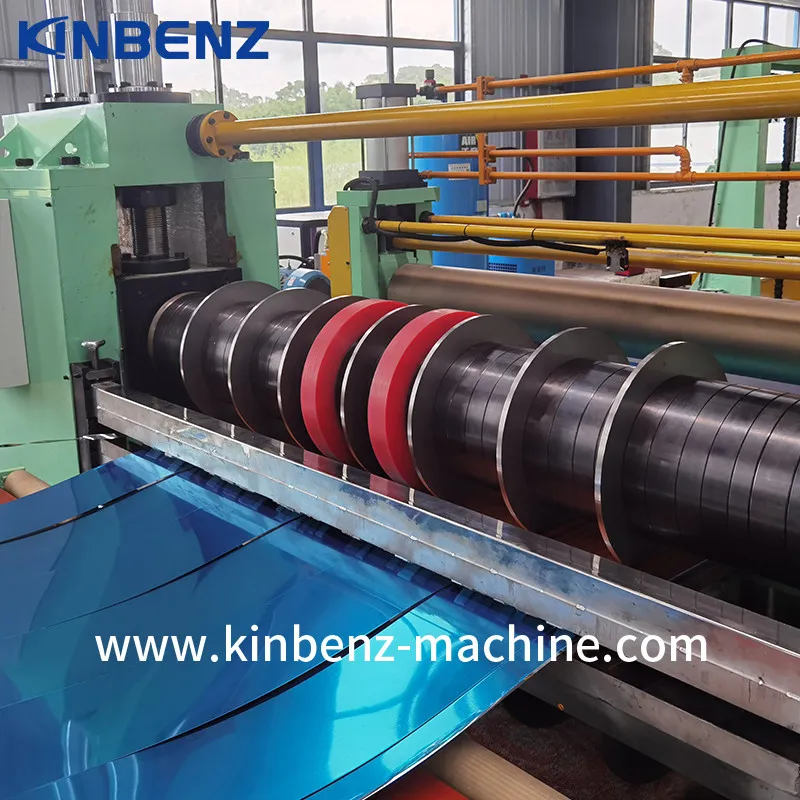
2025-08-31
In industries like automotive, electronics, and construction, thin steel coils must be processed quickly, precisely, and with minimal material waste. That's where a high-speed slitting line becomes essential.
In this guide, we'll walk you through how high-speed slitting line work, curcial technical considerations, and how to choose the right model for your factory. Whether you're a metal service center or a manufacturer looking to invest in better coil processing equipment, this buying guide is for you.
What is High Speed Slitting Line?
A slitting line slits wide metal coils into narrow strips at high speed. It's especially useful for thin-gauge steel - such as galvanized steel, cold rolled steel, or stainless steel from 0.3mm to 3.0mm thick.
Typical Application:
-
Tube & pipe manufacturing
-
Precision stamping
-
Home appliances
-
Electrical cabinets
-
Elevator parts
How Does a Slitting Line Work?
A standard high-speed slitting line includes the following components:
-
Decoiler – Holds and feeds the master coil
-
Pinch & Leveling – Prepares the strip for slitting
-
Slitter Head – Equipped with multiple circular blades
-
Tension Stand – Controls loop tension to avoid scratching
-
Recoiler – Winds the narrow strips back into coils
Why High-Speed Matter for Thin Coils
Thin steel is more prone to wrinkling, edge burrs, or coil breaks if processed at low precision or inconsistent speeds.
High-Speed Lines Offer:
-
Speeds up to 220m/min
-
±0.1mm width tolerance
-
Servo-controlled tension
-
Minimal downtime with auto blade setting
FQA:
What is a slitting line used for?
A slitting line is used to cut wide steel coils into multiple narrow coils of specific widths, which are then used in roll forming, stamping or welding processes.
What materials can be slit in a high-speed line?
-
Galvanized steel
-
Cold rolled steel
-
Stainless steel
-
Aluminum
-
Copper
-
Silicon steel
Key Factors to Consider When Buying
Factor |
Why It Matters |
|---|---|
Material Type |
Stainless, aluminum, copper require different blade hardness & tension control |
Thickness Range |
Define min/max to choose correct blade clearance system |
Width Capacity |
Common master coil widths: 1250mm / 1600mm |
Line Speed |
Faster lines = higher throughput, but need more precise automation |
Automation Level |
Recoiling tension control save labor & increase accuracy |
Recoiler Load |
Match to your coil weight (usually 10–25 tons) |
Why Choose Kinbenz High-Speed Slitting Line?
At Kinbenz, we specialize in OEM coil processing lines engineered for international buyers. Our high-speed slitting lines are:
- Designed for thin-gauge steel (0.15-1.5mm)
- Capable of speeds upto 220 m/min
- Equipped with non-marking tension pads and servo blade settings
- CE-certified and built for 24/7 industrial operation
In industries like automotive, electronics, and construction, thin steel coils must be processed quickly, precisely, and with minimal material waste. That's where a high-speed slitting line becomes essential.
In this guide, we'll walk you through how high-speed slitting line work, curcial technical considerations, and how to choose the right model for your factory. Whether you're a metal service center or a manufacturer looking to invest in better coil processing equipment, this buying guide is for you.
What is High Speed Slitting Line?
A slitting line slits wide metal coils into narrow strips at high speed. It's especially useful for thin-gauge steel - such as galvanized steel, cold rolled steel, or stainless steel from 0.3mm to 3.0mm thick.
Typical Application:
-
Tube & pipe manufacturing
-
Precision stamping
-
Home appliances
-
Electrical cabinets
-
Elevator parts
How Does a Slitting Line Work?
A standard high-speed slitting line includes the following components:
-
Decoiler – Holds and feeds the master coil
-
Pinch & Leveling – Prepares the strip for slitting
-
Slitter Head – Equipped with multiple circular blades
-
Tension Stand – Controls loop tension to avoid scratching
-
Recoiler – Winds the narrow strips back into coils
Why High-Speed Matter for Thin Coils
Thin steel is more prone to wrinkling, edge burrs, or coil breaks if processed at low precision or inconsistent speeds.
High-Speed Lines Offer:
-
Speeds up to 220m/min
-
±0.1mm width tolerance
-
Servo-controlled tension
-
Minimal downtime with auto blade setting
FQA:
What is a slitting line used for?
A slitting line is used to cut wide steel coils into multiple narrow coils of specific widths, which are then used in roll forming, stamping or welding processes.
What materials can be slit in a high-speed line?
-
Galvanized steel
-
Cold rolled steel
-
Stainless steel
-
Aluminum
-
Copper
-
Silicon steel
Key Factors to Consider When Buying
Factor |
Why It Matters |
|---|---|
Material Type |
Stainless, aluminum, copper require different blade hardness & tension control |
Thickness Range |
Define min/max to choose correct blade clearance system |
Width Capacity |
Common master coil widths: 1250mm / 1600mm |
Line Speed |
Faster lines = higher throughput, but need more precise automation |
Automation Level |
Recoiling tension control save labor & increase accuracy |
Recoiler Load |
Match to your coil weight (usually 10–25 tons) |
Why Choose Kinbenz High-Speed Slitting Line?
At Kinbenz, we specialize in OEM coil processing lines engineered for international buyers. Our high-speed slitting lines are:
- Designed for thin-gauge steel (0.15-1.5mm)
- Capable of speeds upto 220 m/min
- Equipped with non-marking tension pads and servo blade settings
- CE-certified and built for 24/7 industrial operation





